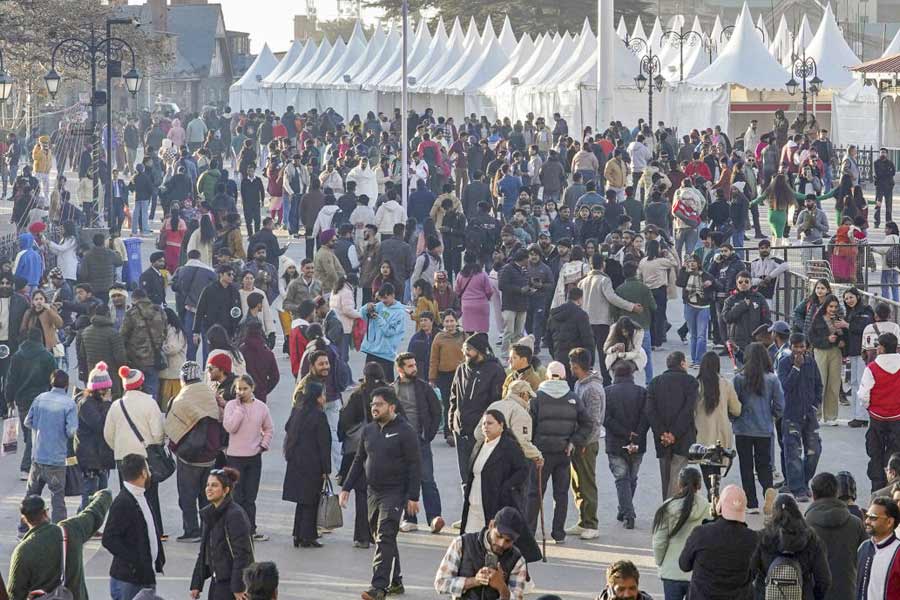A little piece of magic. The mobile phone, often so called in India as it is in the United Kingdom - across the Atlantic it is the cell phone - has many names. With its growing ability - parallel to its ongoing technological evolution into the ever-smarter smartphone - to entwine its user more strongly in its toils, to deepen its hold on the helpless being's attention, desires, affections and needs, it is no wonder that it is called nalle in Sweden, meaning teddy bear. But Pope Francis is not feeling so affectionate. While conducting a general audience in St Peter's Square in Vatican City earlier this week, he admonished Catholics for using their smartphones during Mass. The pope's humour - the exhortation to lift up the heart does not mean lift up the cellphones to take pictures - did not disguise his exasperation, especially since he called the use of cell phones during services "a very ugly thing". It was not just ordinary people he was speaking to, it seems, he referred to priests and even some bishops. The pull of the cellphone seems to be almost as strong as the celestial urge.
But the smartphone is not just a teddy bear, it is a whole new - or still emerging - culture, a different way of looking at the world. It connects instantly, not just to the person to whom the user wishes to speak in the old-fashioned way, but to many eager 'friends' and 'followers' on social media. However deep the celestial urgings, the need to post immediately a picture of St Peter's Square as the pope conducts a general audience - 'been there, done that' in a new guise - can be irresistible. That is far more exciting than talking, then or later. The pope had earlier, with the same incisive gentleness, advised people to talk to one another while they ate instead of staring at their phones. But, as he and others have no doubt found, technology is rapacious. The smartphone has changed the idea of the self in the world, putting the world at one remove while inducing a keen sense of limitless communicability.
So addictive is this new sense of self that it must be built by repeated 'selfies', a habit that can lead to an identifiable mental disorder that the American Psychiatric Association in 2015 named 'selfitis'. It is not known how widespread this ailment is in India, but this country has the highest number of deaths in the world caused by selfie-taking. Had members of the pope's audience got the chance, they would probably have clicked themselves against the background of St Peter's Square, or with the pope himself. For however different cultural norms are regarding the cell phone, there are similarities all over the world. Indians are notorious for giving the phone priority in any situation, whether in the middle of a meeting or in a movie theatre. Notices forbidding the use of the mobile in restaurants are scarcely noticed, while people can spend an entire meal in beautiful surroundings gazing in silence at their respective phones. Public transport provides the most congenial setting for the loudest and most personal of conversations. Now this last is something that Italian and Spanish people love too. A study says that they are in the habit of discussing their private affairs out in the open anyway: why should the mobile make a difference?
India is one of the biggest users of the mobile phone in the world, and the little teddy bear has made a remarkably positive difference to people living in rural areas. That does not mean that Indians, especially those with the smarter smartphones, should ignore the implicit moral in the pope's remark. A good idea would be something akin to what Japan calls "manner mode" - silencing phones even when travelling on public transport so as not to disturb other commuters. Good as long as it remains an idea. Such silence for Indians would bring on a new type of mental disorder.










